Will I Get a Sunburn on a Cloudy Day? Testing the Power of the Sun with Energy Beads
By Blog Editor: Susan Wells
My girls hate applying sunscreen in the summer. It’s their least favorite activity of all time.
Headed to the park? Apply sunscreen.
Headed to the pool? Apply sunscreen.
Headed out on a bike? Apply sunscreen.
MOM!!!
They always look for ways to get out of applying the sunscreen…”Mom, it’s a cloudy day, we won’t burn.”
We all know by now that you can get a sunburn on a cloudy day. Why?
Ultraviolet light is an invisible form of light energy. Just like in the visible light spectrum, the ultraviolet spectrum also includes many different wavelengths of light.
Long wave ultraviolet light is also known as black light. This light makes decorations glow. Long wave UV light easily passes through plastic and glass.
Short wave ultraviolet light is used to kill bacteria, hasten chemical reactions (as a catalyst), and is also valuable in the identification of certain fluorescent minerals. Unlike long wave UV, the short wave UV cannot pass through ordinary glass or most plastics. The shortest wavelengths cannot even travel very far through the air before being absorbed by oxygen molecules as they are converted into ozone.
How do you convince kids that something exists that they cannot see? Believing is a good start, but my kids want some proof.
When you expose bare skin to sunlight, your skin will either burn or tan (which doctors warn is still not healthy for your body). UV radiation wavelengths are short enough to break chemical bonds in your skin tissue and, with prolonged exposure, your skin may wrinkle or skin cancer may appear. These responses by your skin are a signal that the cells under your skin are being assaulted by UV radiation.
Enter the UV Energy Bead.
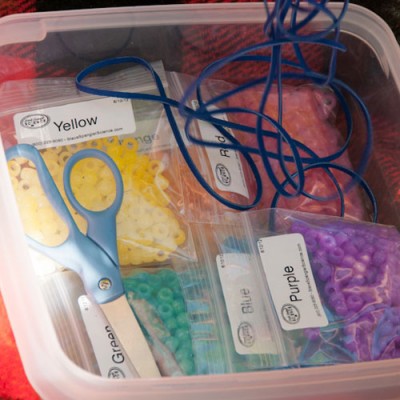
These beads are treated with a special pigment that reacts to UV waves in sunlight. They are perfect for demonstrating how solar radiation can be harmful. It also helps in recognizing preventative measures that can be taken to reduce the risks from sunlight exposure.
Take them out of the package inside, out of the sunlight and they are white. Expose them to fluorescent or incadescent light and nothing happens.
Take them outside into the sunlight and the beads change color. Depending on the pigment in the bead, the beads will display different colors.
My kids and their friends made bracelets and necklaces using UV Energy Beads. They can be strung on pipe cleaners or cord. We prefer leather cord that can be tied in two places to make a slip knot to adjust the size.
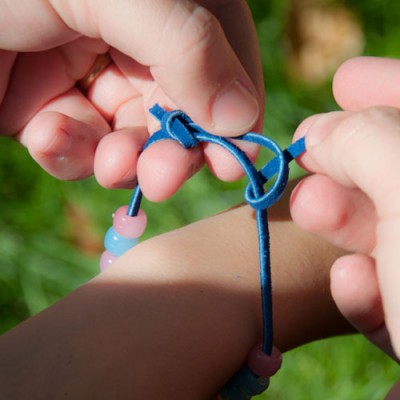
They can wear their new jewelry while they play outside as a reminder of the sun’s power and the need for sunscreen. Each bead will change color about 50,000 times before the pigment will no longer respond to UV light.
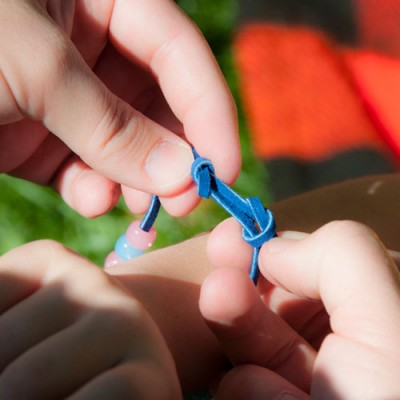
So now if my girls ask if they have to wear sunscreen, I tell them to take the beads outside and test it themselves. If the beads change color, you wear sunscreen.
Using UV Energy Beads to Test the Protective Strength of Sunscreen
We’ve also tested brands and SPF of sunscreen using the beads. First, go out and purchase different SPF’s or brands of sunscreen. While out of sunlight, place a handful of beads into several plastic Zip-loc sandwich bags. Rub the sunscreen on the outside of the bag. Lay the bags with the sunscreen and beads out into the sun. Depending on the SPF or strength of the brand, the beads will change various shades of color. The stronger the SPF or brand, the less color on the bead. If a bag of beads turns bright colors, that SPF or brand isn’t going to protect your skin so well.
If you are testing brands, make sure you use the same SPF. For example, buy several different brands all with SPF 30. Or SPF 75. That way you are comparing the brands’ protection at the same SPF, instead of trying to compare brands with different SPF.
If you test SPF, purchase all different levels of SPF of the SAME brand.
No matter which way you test, only change one variable for the best results. Science and discovery is all about comparison. If everything is different, you will not accurately be able to compare and make conclusions.
Don’t forget your control…a handful of beads in a bag without sunscreen.
After doing this as a science fair project, my daughter refuses to use a certain brand, even four years later. In her tests, one popular brand was weaker than all of the others.
Now until August 31, 2012 SAVE 20% on 1,000 UV Beads. Regular price: $29.99, sale price $23.99. Use codeCAMP12WUVB at checkout.



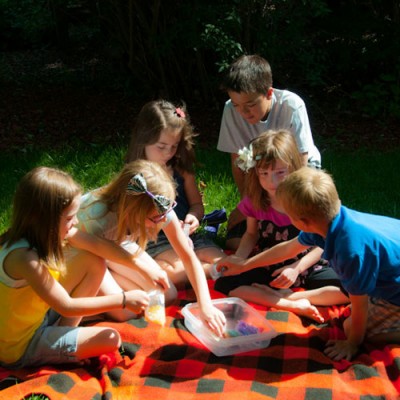
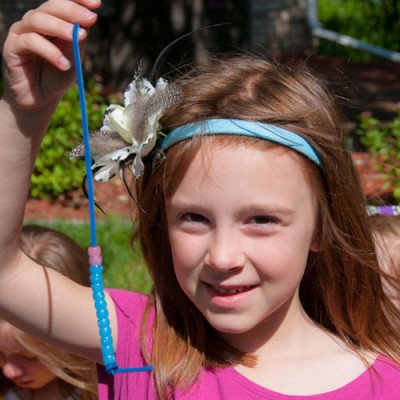
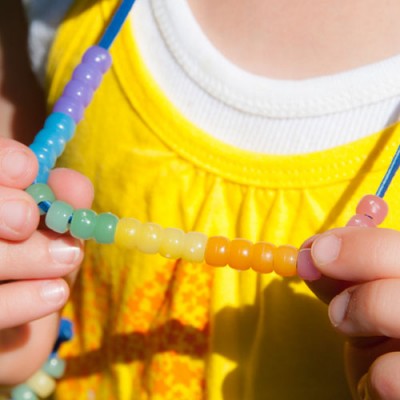
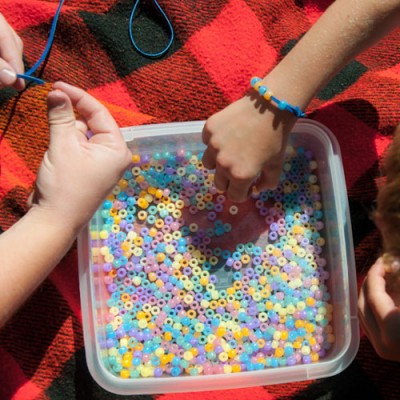

Very interesting for kids. i would like to known where could i find these UV energy beads. thanks
Hi Jose – we sell the beads at Steve Spangler Science. Here’s the link – https://www.stevespanglerscience.com/product/color-changing-uv-beads